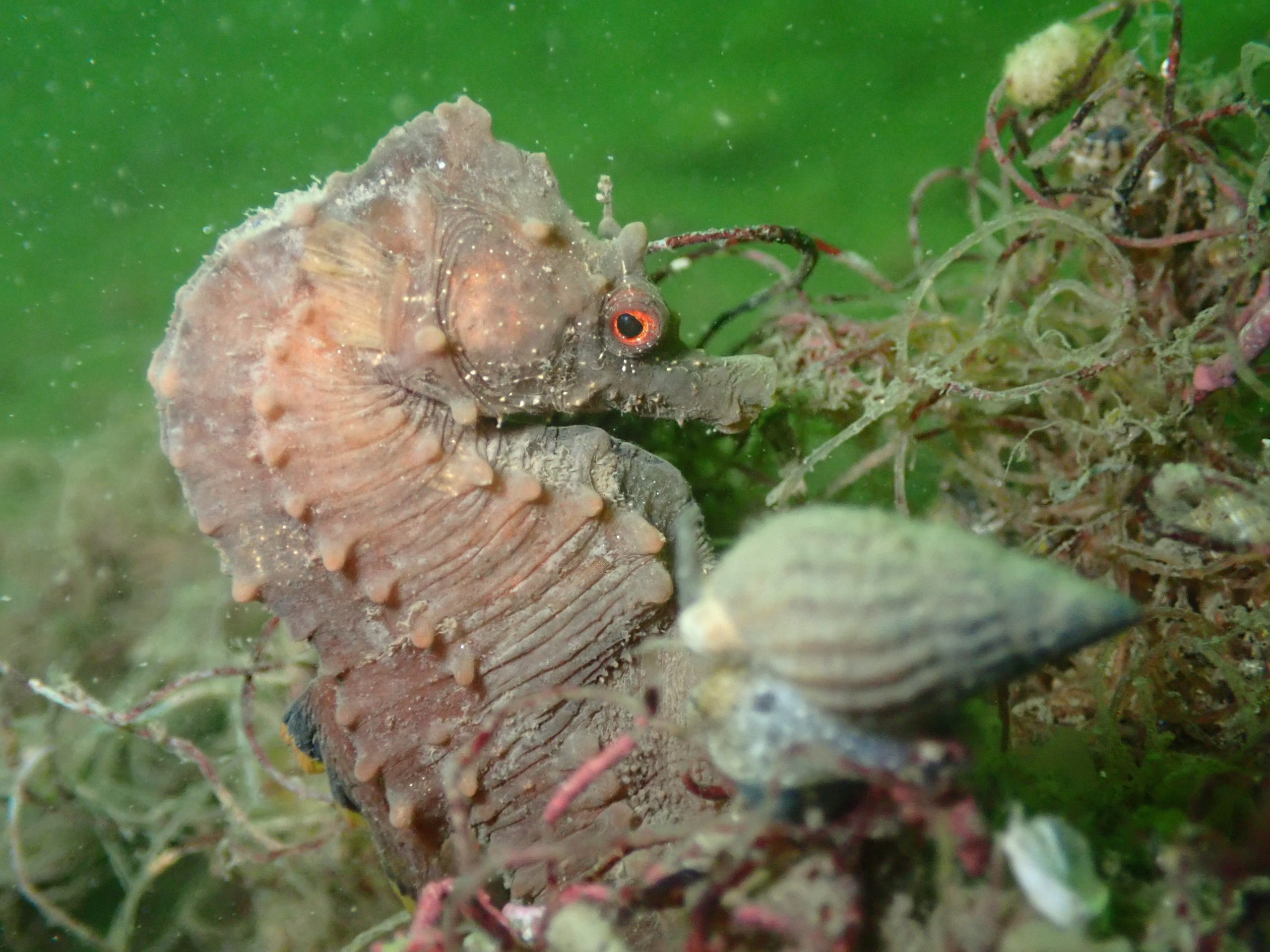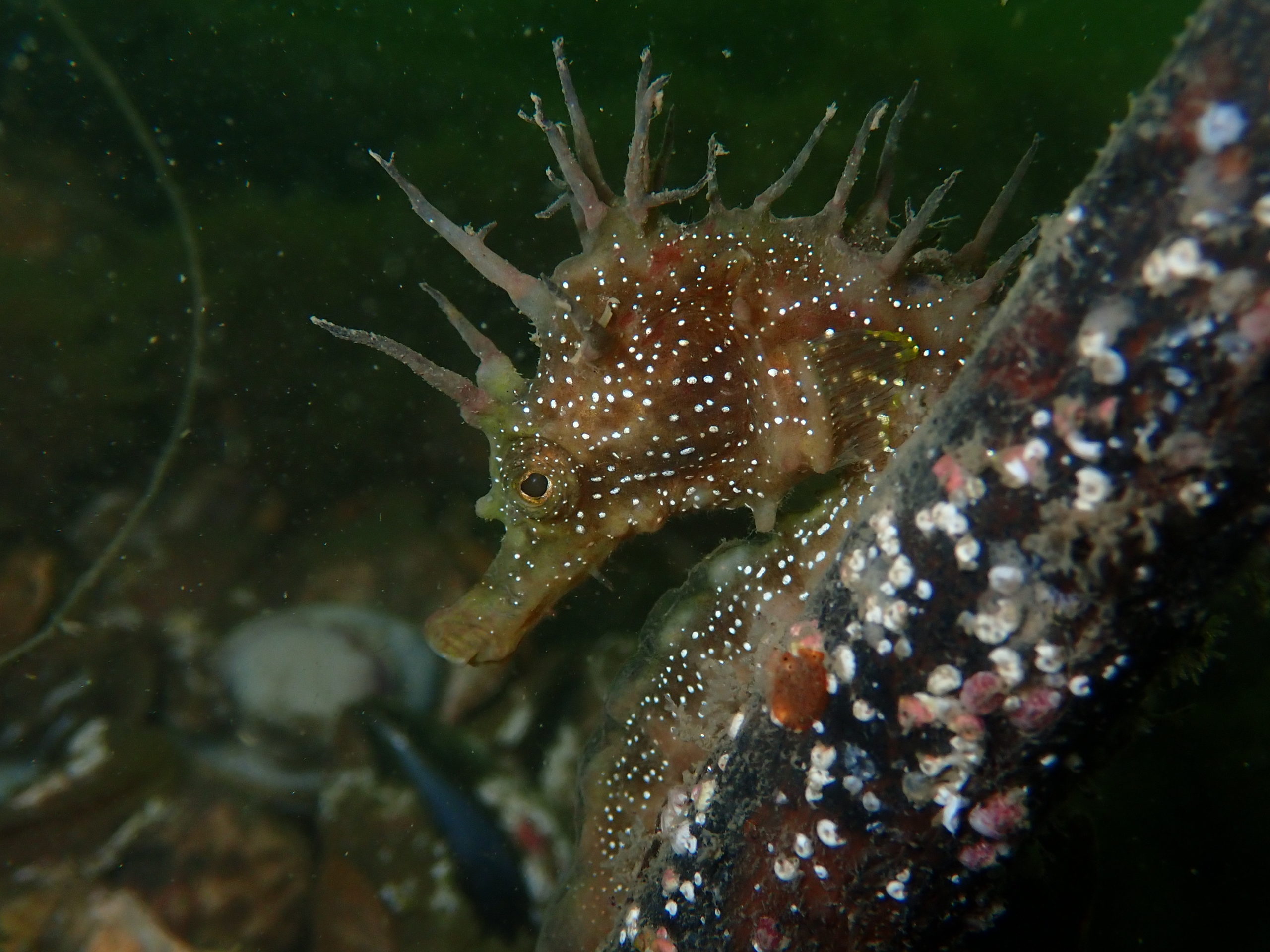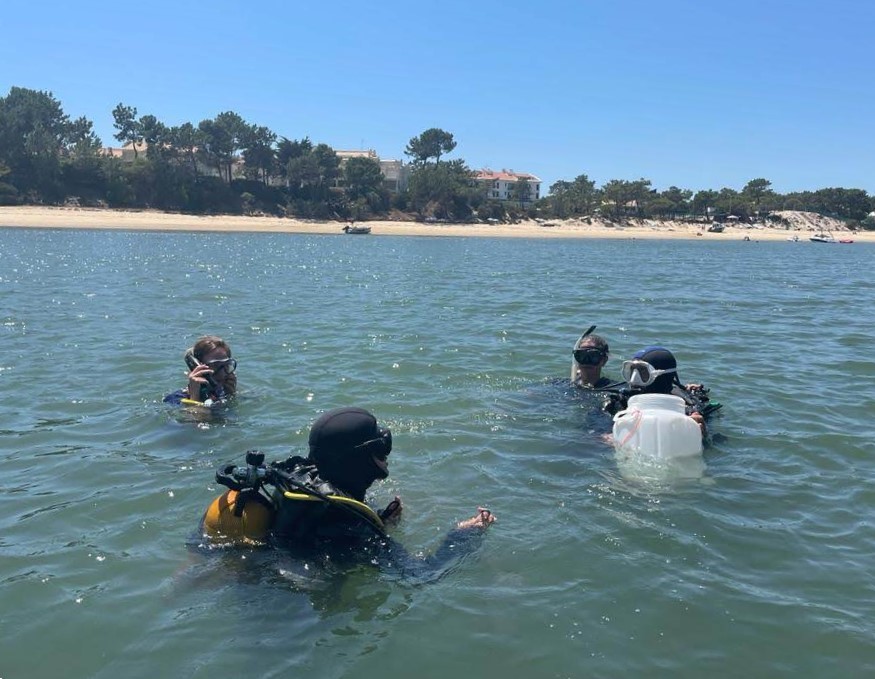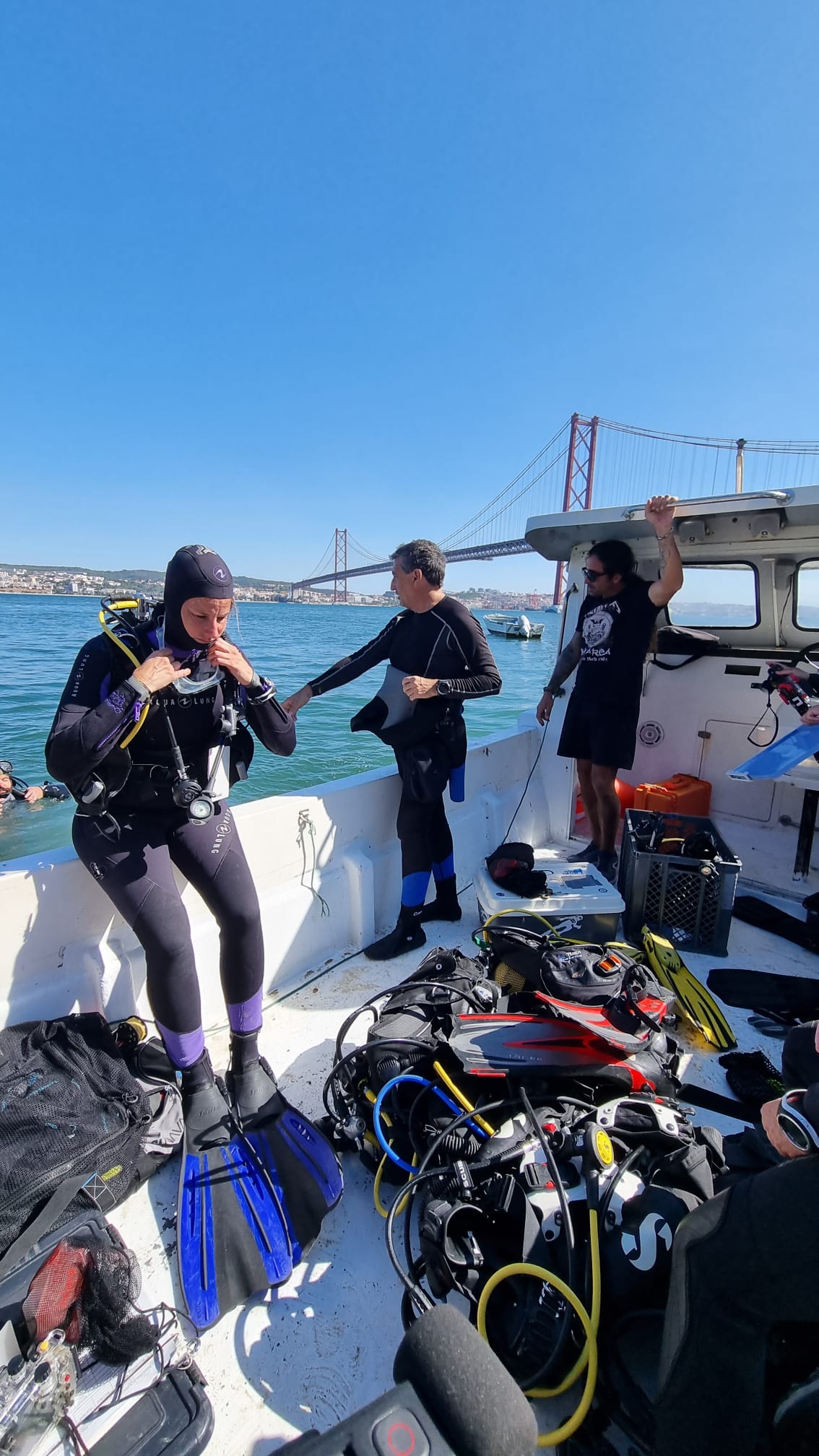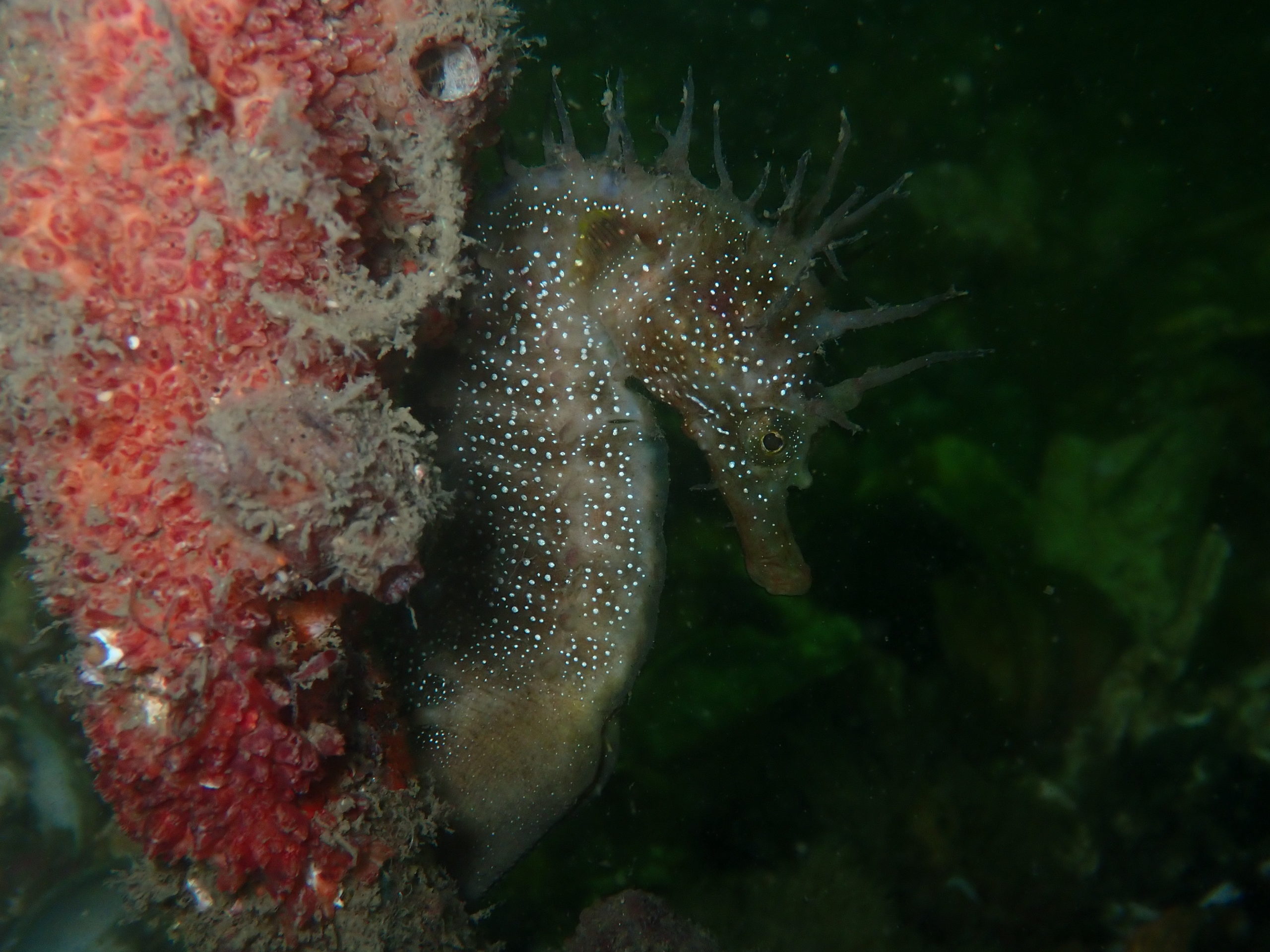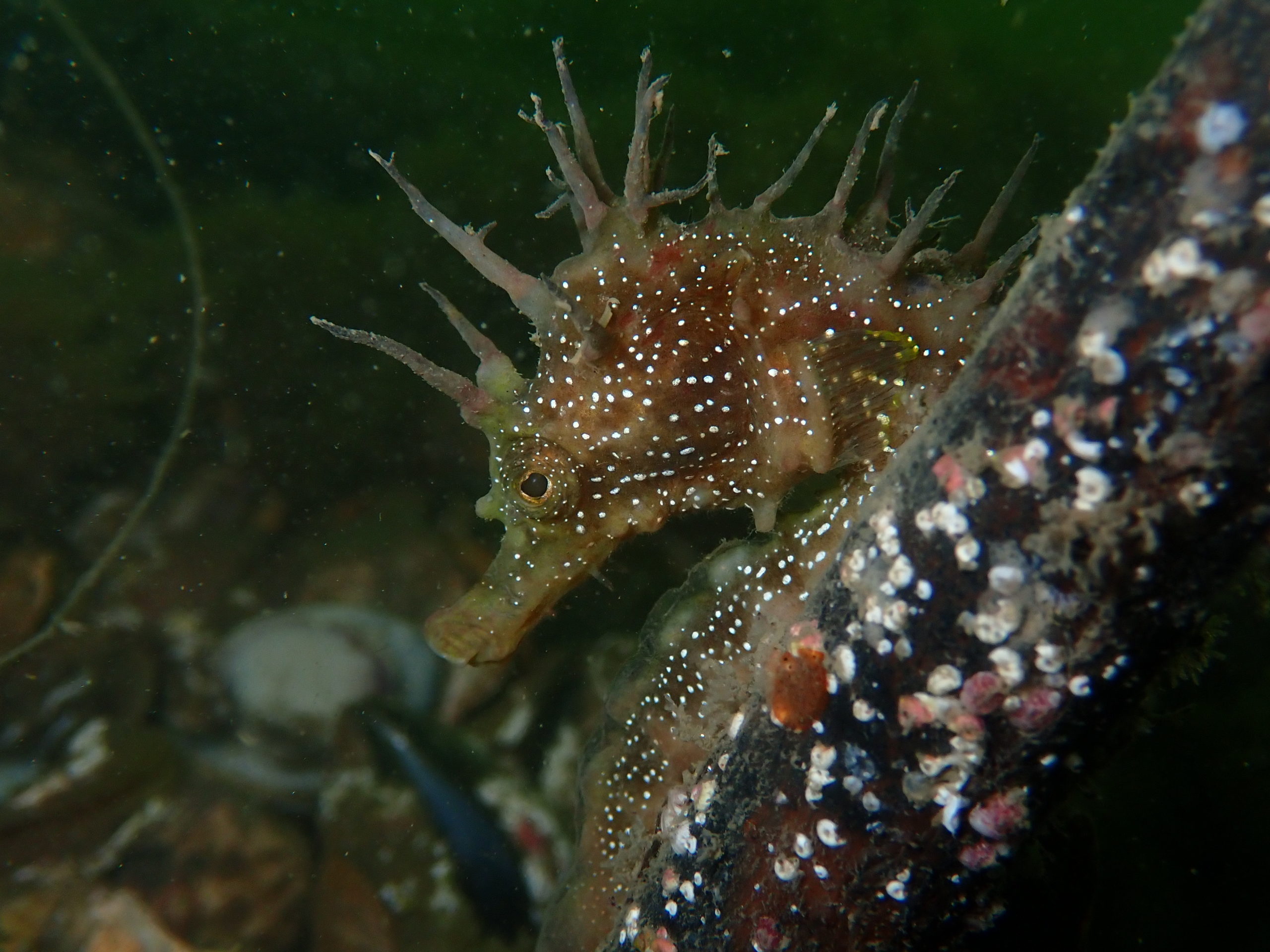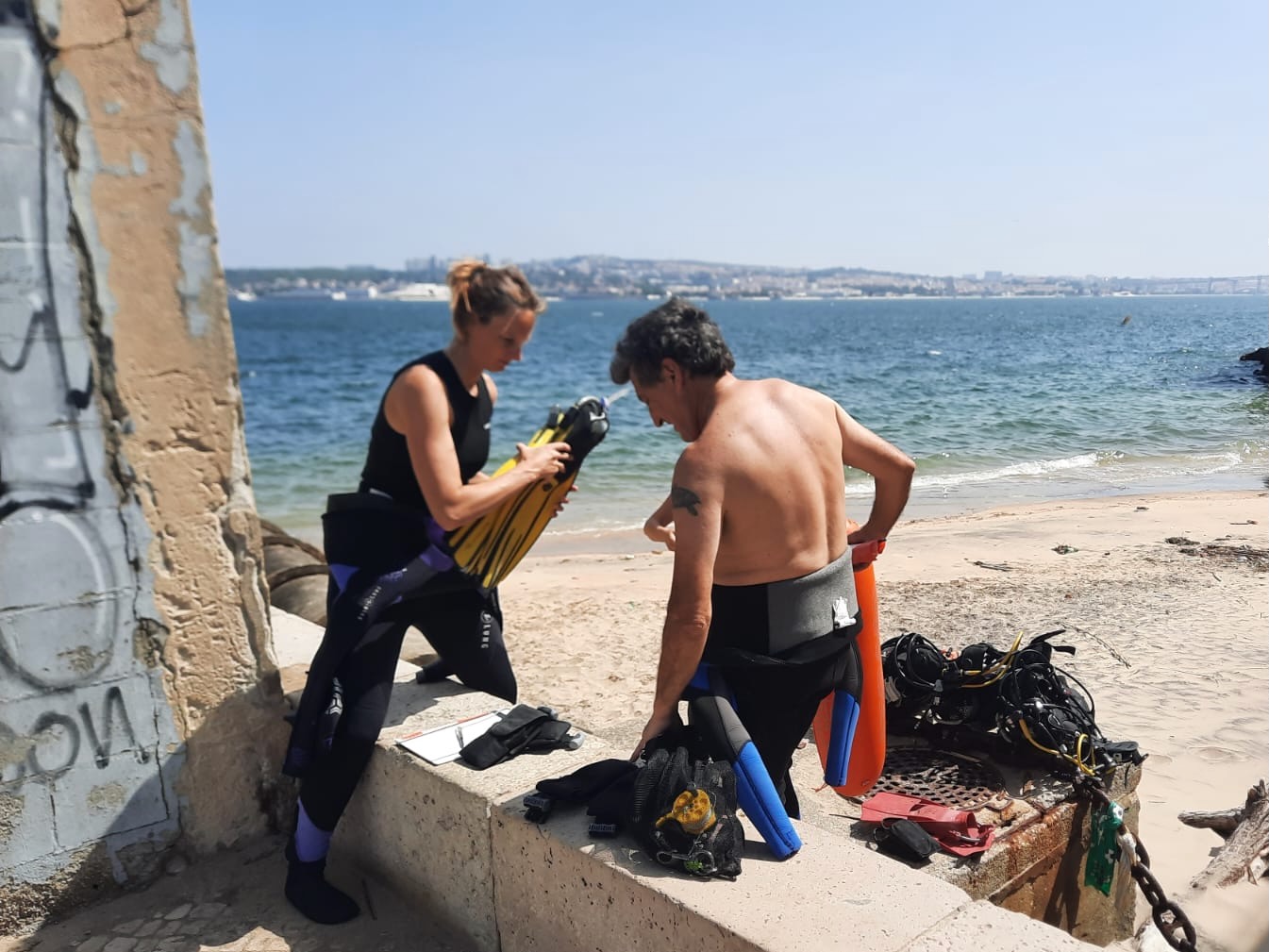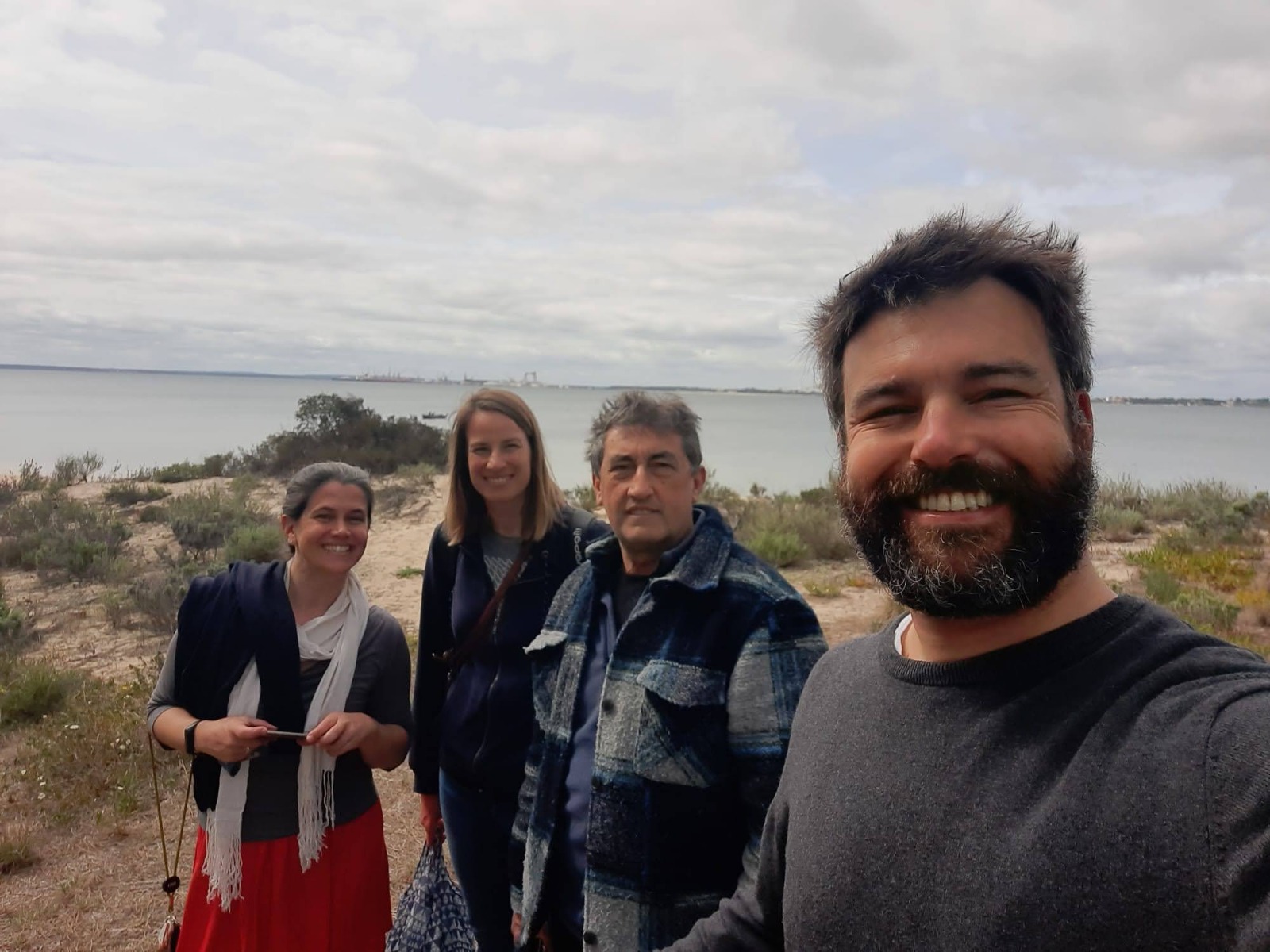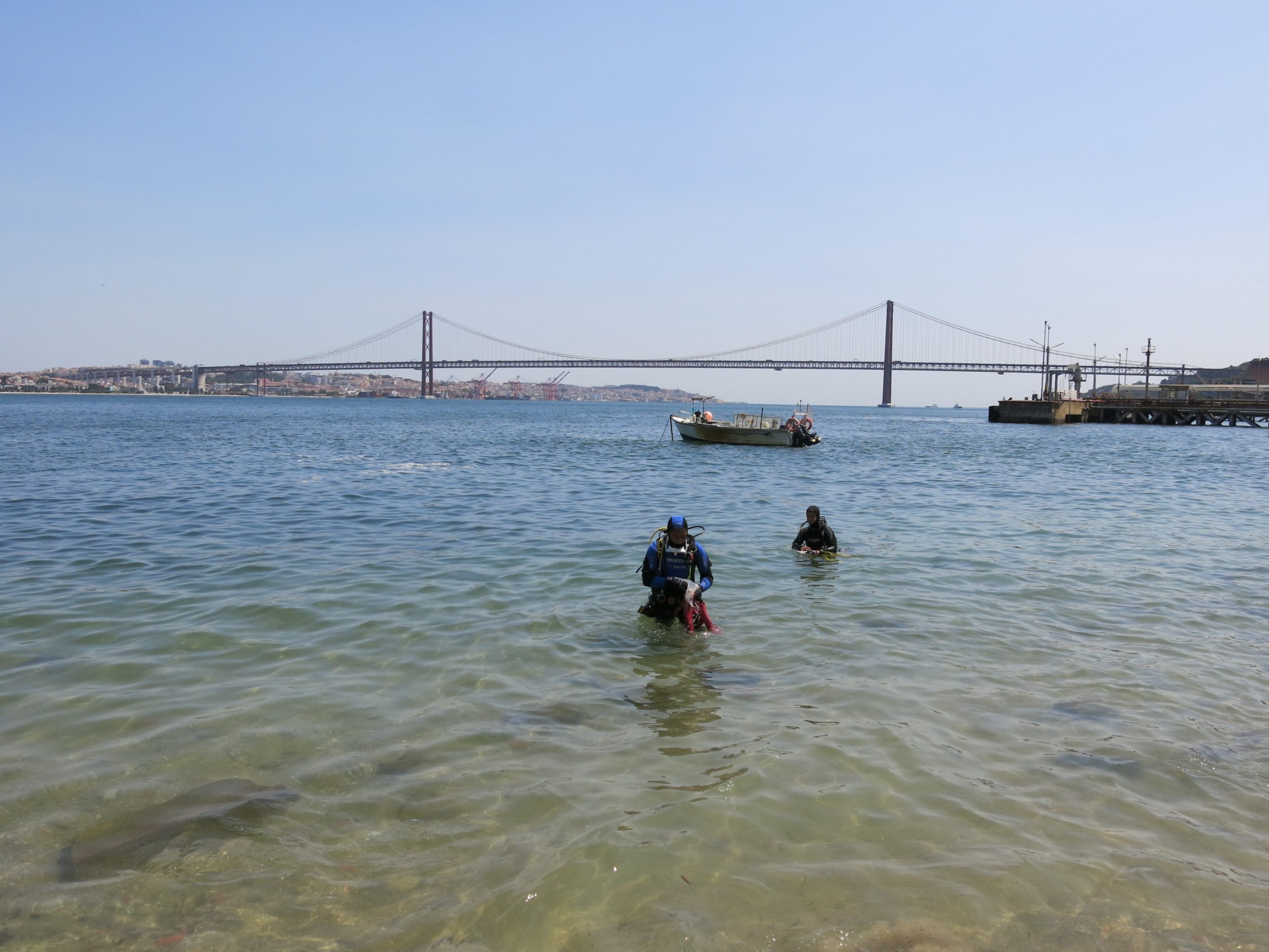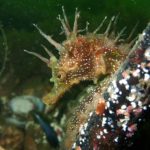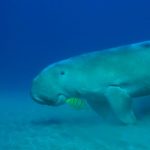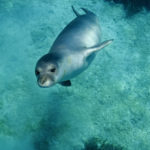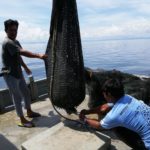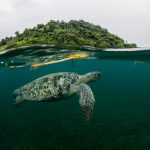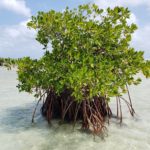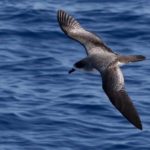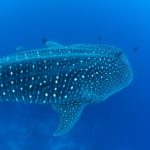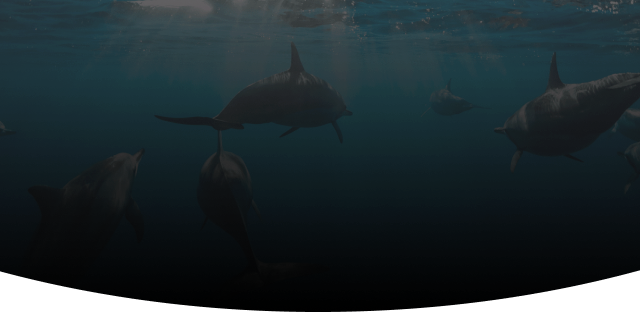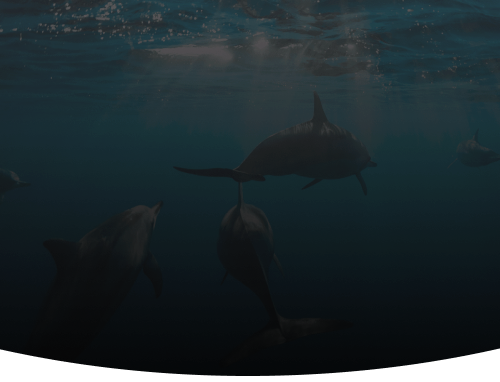Take Action
The Tagus River, opening to the ocean at the heart of Lisbon, Portugal, has been subject to intense levels of pollution for many decades and has not typically been considered a biodiverse area. A population of long and short snouted seahorses has been uncovered in the Tagus estuary, coming as a surprise to many Lisbon residents. These species are considered data-deficient in the IUCN Red List and require urgent assessments of their population and extinction risk. The Tagus Seahorses project works to understand and protect this population of seahorses through comprehensive scientific studies in the area and through community outreach programs.
What are we fundraising for?
• The Exploration of new sites within Tagus estuary to search for new relevant communities of seahorses.
Why:
• To increase knowledge of long and short-snouted seahorses’ distribution and abundance to inform conservation status.
Sea the Work
Project budget
Yearly budget: € 177.710,00
Budget secured: 11,4%
43%
Workforce
32%
Operations
19%
Fieldwork
6%
Community Capacitation
1%
Awareness & Outreach
Deep dive
The seahorse holds a significant role in conservation efforts, serving as a flagship species renowned for its charm and appeal. Across numerous cultures, seahorses have woven themselves into legends and myths, captivating the attention of people worldwide. Being considered a flagship species means that protecting these creatures not only safeguards themselves and their habitats but also preserves the diversity of species that coexist within those environments.
Due to their scarcity and mastery of camouflage, studying seahorses poses a considerable challenge. Consequently, many members of the seahorse family lack scientific data, meaning that their distribution and abundance are often unknown. Nonetheless, studies referenced in the IUCN Red List suggest a concerning trend: wherever data is available, seahorse populations appear to be declining.
Tagus Seahorse is a project born in 2023, after a high density of seahorses was discovered in Trafaria, a coastal fishing town south of Lisbon. Despite their significance, the existence of seahorses in Lisbon remains largely unknown to many, with mostly the fishers in coastal towns like Trafaria being familiar with their presence.
The specialist group responsible for seahorses within the IUCN Species Survival Commission emphasizes the urgent need for population assessments and long-term monitoring for many species, including the long and the short snouted seahorses – both found in the Lisbon area. In response to this call, the Portuguese NGO Mardive (www.mardive.org), created a transdisciplinary approach to the conservation of seahorses.
A previous rapid assessment of seahorse population explored the south margin of the Tagus estuary entrance, characterized the population and their habitats, identified threats, recognized stakeholders perceptions, from which resulted in an action plan.
One of the greatest threats to Trafaria’s population of seahorse is the excessive amount of pollution in the river, which can cause deaths through potential entanglement and compromise the health of animals due to the degradation and consumption of microplastics. Other threats include destructive and illegal fishing techniques which can kill several marine species, including the seahorses and the habitat they depend on. Tagus Seahorses hope to address these threats by facilitating the communication between various stakeholders, including fishers, politicians, marina operators, and enforcement agents. This articulation can lead to the creation of incentives to use less destructive types of fishing in this area and improve fishing management in this area. Project members also actively engage with the local schools to raise awareness about plastic pollution and the importance of effective waste management systems.
Currently, the project is focusing on fieldwork to gather vital population distribution data within the Tagus estuary, to uncover more hotspots for seahorses, to better understand the connectivity between subpopulations allowing the implementation of more efficient protection measures. This information will support future actions to protect these species and ongoing extinction risk assessments created by the IUCN Specialist Group.
Led by Dr. Gonçalo Silva, a seasoned marine scientist with extensive experience in ecology and conservation of marine fish in Portugal, Tagus Seahorses operates from the heart of Lisbon, benefiting from the versatile knowledge of the core team: being a local member of the local community, Mario Rolim is the “ice-breaker”, the responsible for the diving operations, and the heart of the Tagus Seahorses’; Mariana Coxey is the fearless researcher that every team would like to have; Friederike Peiffer the PhD student that is extremely motivated for each dive and eager to learn; last but not the least Miguel Correia is the seahorse expert from Project Seahorse and IUCN Seahorse, Pipefish and Seadragon specialist group that provides consultancy to Tagus Seahorses. We also count with the enthusiasm of other students and volunteers during the field work, including the local community.
